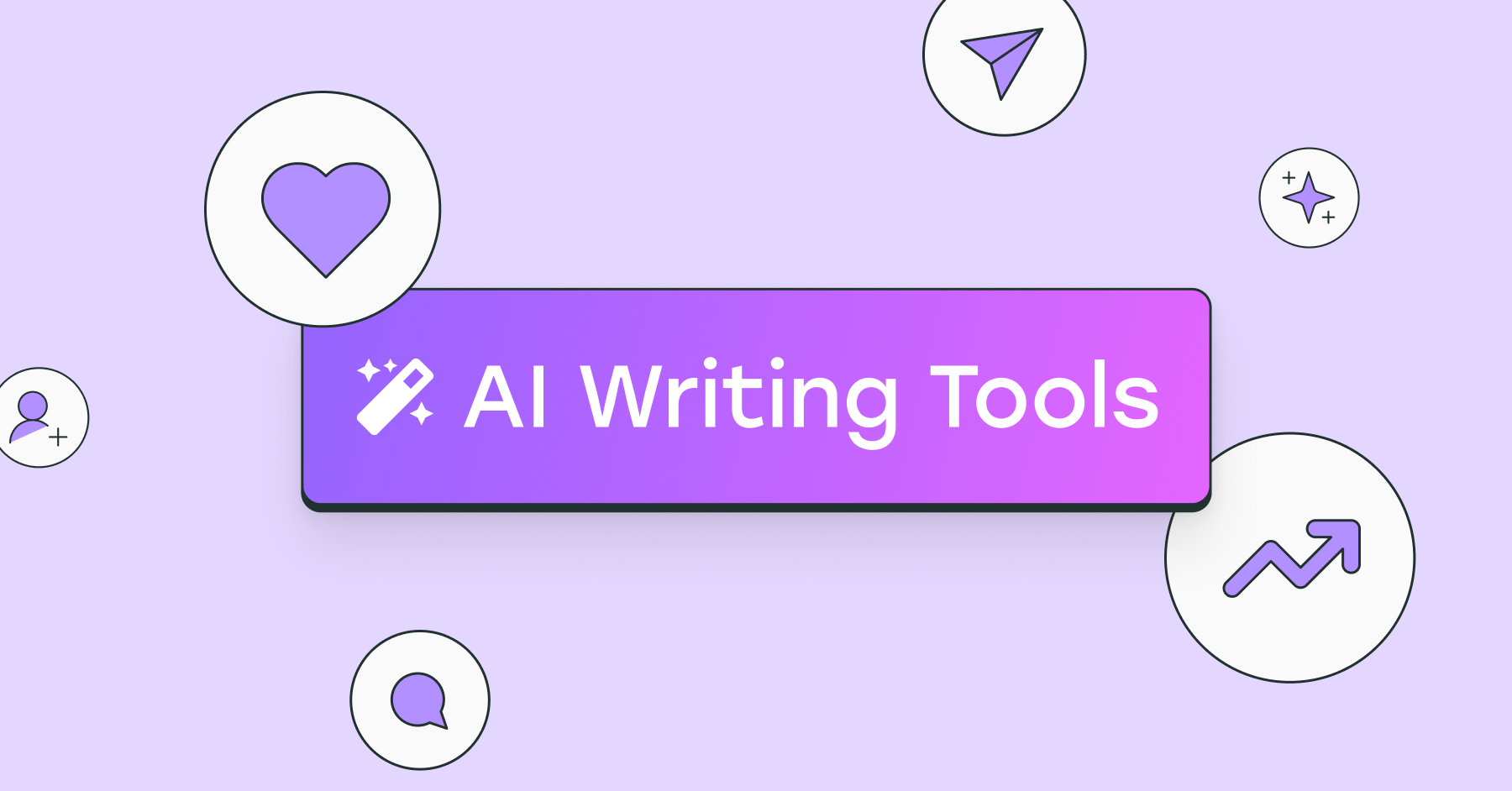
How to Monetize Your Video Content: A Guide for Aspiring Creators
Want to become a video content creator and make money from your content? Here are 6 practical methods you can use with examples.

Head of Demand Gen at Uscreen
The creator economy is filled with loads of potential for anyone willing to put in the effort and build an attractive-looking brand.
Regular people are becoming creators, and today, one of the most lucrative ways to generate income from the creator economy is with video. It’s a low-hanging fruit for anyone with a smartphone.
In my seven years at Uscreen, I've helped many creators turn their passion into profit. One story that really sticks out involves a creator who had built a solid following on YouTube—over 17,000 subscribers and 600,000 views—but was only making about $400 a month.
Frustrated with the slim returns from YouTube Ad revenue, they switched to a specialized video monetization platform and set up a paid membership model.
Just four months after moving their top content over, their earnings shot up to over $13,000!
This experience is a powerful reminder of the opportunities that await when you match great content with the right monetization strategy.
In this guide, we’ll explore 6 video content monetization methods that you can use to turn your content into an income stream.
The simplest approach to video content monetization
Creating monetizable video content is like any other goal. To realize this goal, you’ll have to treat it like a project.
And this matters a great deal if you’re a new creator. It’s easy to get overwhelmed by trends, and tactics, and possibly doubt whether you can do this.
But you can. This simple approach you’re about to learn will help you cut through the noise and focus on doing the work to get the results you want.
I call it the “What, Why, How Method”. It’s rooted in goal-setting theory and relies on answering a series of questions that serve as a North Star for achieving your goal of making money from videos you create.
When you establish answers to these questions, it will become easier to get to work and produce video content. You’ll also discover that any resistance you experience becomes just a hurdle to overcome and not a dead end.
What do you want to achieve?
Identify a goal that would positively impact your life. This could be to generate a specific level of income, work with certain brands, or create a new business that allows you to quit your day job. Whatever it is, note it.
You may have more than one “what” and that’s okay. Write it down and be specific. Your “what” should be clear enough that you instantly can visualize what achieving it will look like.
Goal-setting theory research shows that clearly articulated goals affect action, and that’s exactly what you want.
Why does this achievement matter to you?
Personal investment on an emotional level makes your goals more meaningful. Simon Sinek’s work on what moves people to deliver their best work is based on research about the power of positive emotions.
When you identify your reason(s) for wanting to monetize videos, your body responds with greater focus, motivation, and resilience.
You become more committed to your goal. This commitment becomes a valuable tool that drives you forward, especially when in moments of uncertainty.
But don’t stop at the material level. Dig deeper and articulate the emotion you’ll experience when you achieve your goal.
Here’s an example of a clearly articulated “why”:
“I want to monetize video to make an extra $5000 a month so I can feel financially secure. Having an extra $5000 available every month will make me feel less stressed about any surprise bills or emergencies that need money or my future.”
See how motivating emotion can be?
How will you achieve your goal?
Your “how” is all about the practical steps you’ll take to realize your goal. This part can be overwhelming if you’ve never monetized videos before, and this is true for any new project.
The good news is that this isn’t where your ambition fizzles out. This is where you tap into your resourceful nature.
Start with research, like reading this blog post and the 6 ideas that follow. List each idea and steps to take.
Building a repository of ideas and actionable steps makes it easier to get started and keep executing.
See how straightforward and practical the “What, Why, How” model is?
6 ways to monetize your video content
This list includes 6 practical ways to make money from your videos. When you’re done reading it, you’ll have 6 ways to monetize your videos and know how to get started with each method.
1. Earn ad revenue
You can earn ad revenue by monetizing your video content. Advertisers pay to reach people who watch your videos, with ads that play before and during your content.
YouTube is one the most popular platforms to offer this model, and creators earn 45% of the revenue split, with YouTube taking 55%. YouTube bases earnings on a CPM or earnings per 1000 views (more on this in a bit).
Facebook and Instagram offer variations of the revenue split model, however, payments are based on engagement. Earnings are indicated within the Insights section of your Meta for Business account for Facebook accounts or in your professional dashboard on Instagram.
How to generate revenue from ads
Not all channels and videos generate the same amount of revenue. The niche you produce content for and the number of views videos and ads receive are key factors. For example, on YouTube, the top-earning niches have a CPM of between $3.50 to $13.52. These niches include:
Making money online, digital marketing, personal finance, educational content (tutorials, courses, lectures, etc.), tech, cars, and gadgets.
While these niches appear to earn the most for every 1000 views, it’s still possible to earn from videos in other niches. Your goal, regardless of the niche you choose, is to identify topics people are interested in. You need to identify hot topics, like CNET’s video on Nvidia’s AI event.
AI is a major topic and will be for a while. CNET’s video capitalizes on the upward momentum of the topic, especially around Nvidia, the world’s leading hardware manufacturer of AI-capable devices.
Note the advert playing before CNET’s video begins. It’s about camping equipment, something advertisers would like to sell to people interested in AI or potentially retargeting people who have visited Takealot.com looking for camping equipment.
2. Get sponsorships and offer User-Generated Content
User-generated Content or UGC is any content a creator produces about a brand or its products or services. Initially, UGC started as free content for brands, and you’ll still see a lot of this online, and later transformed into an industry.
UGC is effective because it’s relatable. Research shows that people find peer recommendations more trustworthy. It is created by people who look like a brand’s ideal customer. And when people see other people like themselves sharing helpful information about a product or service that can solve a problem they have, viewers are more likely to act.
UGC can be monetized too, and brands are always looking for creators to help reach new wider audiences.
There are different forms of UGC you can create and here’s a list of all types:
- Tutorials
- Testimonials and customer stories
- Q&As
- Product reviews and unboxing
@Impact Media is dedicated to helping brands create an online presence with impact. This quick tutorial and sponsored video shows how easy it is to produce carousel posts for social media using Semrush’s AI Social Content Generator.
How to get started with UGC
Identify brands aligned with yours, companies that sell products and services your audience spends money on. Building a list of these companies may not be easy at first, so think of companies that solve specific problems for people you create content for.
And be ready to do business by having a rate card and process for planning and executing your work. The easier it is to work with you, the greater the chance that you’ll receive more sponsorship opportunities.
Lastly, deliver your best UGC videos. The quality of your work matters for both the brand sponsoring you and your portfolio. Brands that see your content are more likely to want to hire you if they see quality content, just as viewers will want to take action and purchase a product after watching a helpful video.
3. Promote affiliate products
Affiliate marketing is the promotion of products and services for a commission on each sale. Commissions vary from 1% to as high as 75% per sale.
Tom Colton’s review of $300 cameras you don’t want to sleep on showcases 5 cameras and includes affiliate links to buy them from MPB in the video description.
How to start promoting affiliate products
Get started by finding programs aligned with your brand and audience. Head to Google and search for your niche and include “+ affiliate programs”.
As with all products, not all affiliate products are high quality, so research brands and their products before you commit to promoting anything to your audience.
Look at reviews, comments, and ratings from customers. It should be easy to tell if you're looking at a good or bad product.
Affiliate promotions are often based on honest reviews about products. Take the time to investigate each product you review to offer honest and helpful advice your audience will appreciate.
And lastly, share that you are an affiliate. It's common practice to disclose that you are an affiliate and transparency will only cultivate more trust in your audience.
4. Sell merchandise
Creating your own merchandise requires a little more lifting than UGC and affiliate marketing, but it can be just as lucrative if not more.
It all comes down to establishing a brand that people want to associate with enough to spend money on.
Before diving into creating merchandise, ensure your online store reflects your brand identity. This includes choosing the right WordPress theme that aligns with your brand's aesthetics and provides a seamless shopping experience for your customers.
Logan Paul’s merchandise brand is called Mavericks Clothing. He has a dedicated Instagram account for the brand where he posts video content of himself and others wearing apparel.
How to set up your merchandise store:
Establish what you'll sell by conducting research. Look for creators or brands similar to yours and analyze their products (what do they sell?), pricing (what do they charge?), and how they promote their merchandise (which channels do they use?).
You'll also need to find manufacturers to produce your merchandise unless you produce your product.
Today, print-on-demand makes starting a merchandise store is easy. All you need do is pick products you'd like to sell from a catalog of hundreds of items, customize them with your designs and logo, and orders are fulfilled without your involvement.
Printify is one of the most popular service providers today, and they will handle all fulfillment when you’re ready to sell merchandise.
With a product catalog ready, you'll need to promote your product line. And as a video creator, using your platform is the perfect opportunity.
5. Sell digital products
Digital or informational products include everything from eBooks to guides, and courses that you can offer and promote with video content.
Depending on what you choose to create, the initial cost of production can start as low as $0 if you complete all research and development of your product.
Tanner Plans has built a successful digital product business which he promotes on YouTube. He also sells a course on how to create and monetize faceless content using AI.
How to produce your digital product
Digital products are designed to address knowledge gaps. Research your audience to figure out what problems they have that can be solved with clear instructions. A great place to start is with a Google search.
Start with questions about a topic to see what people are looking for. Here are questions people search Google for answers to around gut health.
Collect questions like these and develop an outline for your digital product. This could be chapters in an eBook or modules in a course. With a clear structure, provide the body of your product by addressing each question.
6. Sell subscriptions
Video content subscriptions are fast becoming a smart and lucrative way for creators to monetize video.
Using all-in-one video platforms like Uscreen, you can build a complete video membership business where fans subscribe to your content for a monthly, or annual fee. And the best part about this monetization option is that you can generate recurring revenue that increases with every new subscriber.
Etchr Studio offers a wide range of subscription online courses and classes on how to draw and paint.
How to create your video content subscription business
Pick your niche and how you want to serve your audience. This can be with educational or entertainment content. Your content will need a home or website. Your platform of choice will also need to be able to process payments from subscribers.
Building out a video content site can be complicated, however, a platform like Uscreen makes the process simple. Its drag-and-drop functionality doesn’t require any developer skills, or coding knowledge, or experience. It can also take payments and bill your subscribers every month.
Promoting your new video platform can be done in several ways. You can use other platforms, like social media, to promote your subscription, create paid ads, and reach out to people on your email list.
Become more than just a video content creator
Video monetization isn’t just about making money from a bunch of videos. As a creator, your ultimate goal should be to build a brand. Brands are easier for fans to associate with. They are also easier to position for sale if you plan to sell your video content business at some point.
Here are 5 tips for developing your brand:
Build your online real estate
Owning a website gives you control over your brand’s look and feel. It’s also a place your fans can visit to access your content without limitations.
This doesn’t mean you shouldn’t use other platforms to promote your content. It does, however, offer you independence.
Should the platforms you use change their algorithms, demonetize your content, or, worse yet, delete your channel altogether, you will still have a place where people can find and engage with you.
Clicking on the Marketplace Mastermind link will redirect you to Hustle Ninja’s website to sign up for a free training session on how to build a print-on-demand business.
Own your audience
Build a mailing list to promote your content as it is released. Email is a powerful medium and can produce returns as high as $36 for every $1 you spend building your list.
Owning your mailing list is also cheaper. Once you have a list of subscribers, you never have to spend money to reach them again. This also beats losing access to your YouTube channel(s) that don’t offer subscriber contact details like email addresses for marketing.
Jason Grub is a four-time Crossfit Games Champion and the owner of a thriving YouTube channel. He understands that it’s easier to monetize content when you can engage directly with your audience.
To make sharing content and offers easier, he has an email newsletter opt-in form available on his site.
You can also get creative with collecting subscribers’ emails – say through giveaways or engaging personality quizzes with lead forms at the end.
Interact for engagement
Engagement is all about positioning topics that your audience is interested in. As a creator, people turn to your content and you as an authority and influencer. You are considered a trustworthy peer. When they can engage with you about topics that matter to them, audiences develop greater loyalty because they feel a stronger connection with you.
Russell Brunson is the co-founder of Clickfunnels, a software that helps people promote and sell products online. He shows that engagement doesn’t have to include deep and complex comments. Sometimes, a simple show of appreciation to a viewer is all you need.
Deliver value in different ways
Long-form video is great, but think of sharing your ideas through different mediums. Have a tutorial? You could turn it into a PDF guide for download.
Have a series of blog posts about a specific topic? Turn it into a collection of social media posts or short videos. You can easily repurpose long content into shorter clips with tools like Riverside Magic ClipsDo you have a series of blog posts about a specific topic? Turn them into a collection of social media posts or short videos. With tools like Riverside Magic Clips, you can easily repurpose long content into shorter clips.
Gary Vee is one of the world’s most popular voices on online marketing and entrepreneurship. He often repurposes long-form videos in YouTube shorts and generates thousands of extra views.
Pay attention to your numbers
Analytics point to what’s working and what isn’t. Pay attention to how your content performs. Understanding the difference between content that gets more views and engagement and content that doesn’t is smart business and a timesaver. It can help you focus on more of what your fans want so you can produce your best work.
Make your move
There’s a world of opportunities waiting for video content creators. And sure, getting started may seem daunting, but don’t let the discomfort of trying something new stop you. Start with one video monetization method.
Try it on for size. Create your best videos and keep at it. Shy of the outliers who get millions of views with their first handful of views, almost everyone else ramps up slowly. And as they get more views, their income grows. So, play the long game and enjoy the process.
Try Buffer for free
180,000+ creators, small businesses, and marketers use Buffer to grow their audiences every month.
Related Articles

I work and create content full-time – here's the system that helps me keep showing up.

I’ve put dozens of AI writing tools to the test — here's a deep dive into my favorite AI writing generators and who I think they’ll be most useful for.

I recently attended SXSW London – here are my top insights for creators.